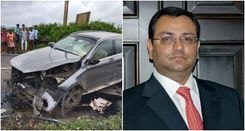Vehicle Safety Features: All You Need To Know

- There are two types of safety features in a car
- Active features intervene before an accident takes place
- Passive features get activated after a crash occurs
Driving a car has the potential to be fatal if not done right. Moreover, road accidents happen all the time and some of them are inevitable. In such scenarios, having a car that is loaded with safety features can prove to be a savior. Most buyers prioritise fancy entertainment units and convenience-boosting technologies without realizing how important safety features are. Now, there are many such safety features available in the market. While some are offered as standard with almost every car, some are only available in more expensive cars. Moreover, safety features are categorized into two: active and passive. Active features will intervene before an accident to improve safety while passive ones operate after a crash occurs to protect the passengers. So, let's take a look at all the safety features that are offered in cars to ensure safety of the driver and passengers.
Active Safety Features:
Tyre Pressure Monitor

The purpose of the Tyre Pressure Monitoring System (TPMS) in your vehicle is to warn you that at least one or more tyres are significantly under-inflated, possibly creating unsafe driving conditions.
Speed-limiters
Many cars fitted with cruise control also come with a feature to prevent the car from being driven above a pre-set speed. Speed-limiting devices can normally be set to any speed and will gently reduce engine power when it is reached. Many systems will deactivate if the driver floors the accelerator, so they can still react to developing situations on the road.

Lane-keeping assistance (LKA) systems monitor the position of the vehicle with respect to the lane boundary and apply torque to the steering wheel, or pressure to the brakes, when a lane departure is about to occur.
ABS with Electronic Brake-force Distribution

Electronic Brakeforce Distribution or EBD is an extension of the Anti-Lock Braking System (ABS). It ensures that the right amount of force is applied to each wheel in order to bring it to a complete halt. Though the Anti-Lock Braking System or ABS ensures that the wheels do not lock under heavy braking, EBD makes sure that each wheel gets the right amount of braking force.
Autonomous Emergency Braking
Autonomous emergency braking (AEB) systems start braking automatically if a collision is imminent and the driver is not taking any action (or is not doing so fast enough). AEB is able to detect a potential collision and activate the braking system to decelerate the vehicle with the purpose of avoiding a collision, or at least mitigating its impact.
Electronic Stability Control

ESC is a computerised technology that improves a vehicle's stability by detecting and reducing loss of traction. In such a scenario, it automatically applies the brakes to help steer the vehicle where the driver intends to go. Braking is automatically applied to wheels individually, such as the outer front wheel to counter oversteer, or the inner rear wheel to counter understeer.
Passive Safety Features:
Seat-belts

Seatbelts (or safety belts) are restraint systems that keep passengers correctly positioned during an accident or sudden stop, thereby reducing the impact of the vehicle interior on the body and preventing people from being ejected.
Isofix child seat mounts

ISOFIX, essentially, is a standardised international child seat fitting system. In other words, it is the international standard for attachment points for child safety seats in cars. Car seats differ in design, shape and size. So does the length of a seatbelt as well as seatbelt anchorages. This makes it problematic to fix a child seat correctly and securely. In fact, a number of surveys indicate that child car seats are fitted incorrectly, making them ineffective in securing a kid in the event of an accident. ISOFIX seats solve this problem by providing an easier and secure way of attaching child seats in a car. It's also different because it removes the need to use the car's seatbelt to secure the child seat.
Driver and Passenger Airbags

The driver-side airbag has been made mandatory under the BNVSAP safety norms in India. But, you should look for a car that at least has dual airbags at the front, for both the driver and passenger. Any number more than that is great. Airbags play a crucial role during accidents as they act as restraints and prevent the driver and passengers from incurring serious injuries.
Pedestrian Airbags
The pedestrian airbag (Pedestrian Airbag) is fitted under the bonnet near the windscreen. In the event of certain frontal collisions with a pedestrian, the sensors in the front bumper react and the airbag inflates if required, based on the force of the impact.
Trending News
Latest News
 Jaiveer Mehra | Dec 3, 2025Production-Spec Kia EV2 Debut At Brussels Motor Show 2026Kia’s smallest EV was originally unveiled as a concept at the start of 2025.1 min read
Jaiveer Mehra | Dec 3, 2025Production-Spec Kia EV2 Debut At Brussels Motor Show 2026Kia’s smallest EV was originally unveiled as a concept at the start of 2025.1 min read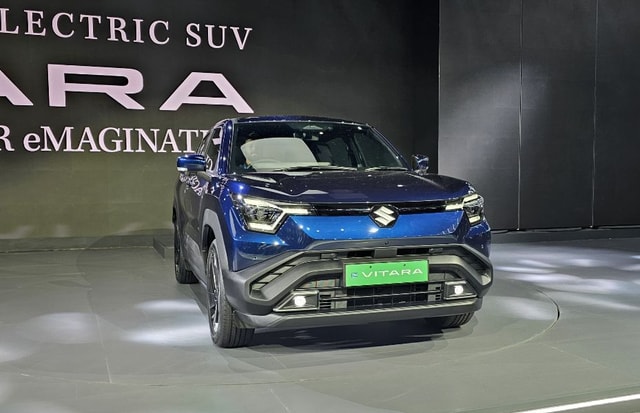 Jafar Rizvi | Dec 2, 2025India-Spec Maruti Suzuki e Vitara Unveiled: Gets Up To 543 Km RangeThe e Vitara will be offered with two battery pack options and in three variants.4 mins read
Jafar Rizvi | Dec 2, 2025India-Spec Maruti Suzuki e Vitara Unveiled: Gets Up To 543 Km RangeThe e Vitara will be offered with two battery pack options and in three variants.4 mins read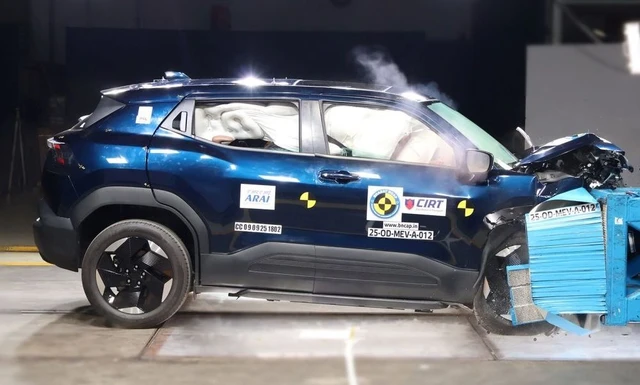 Seshan Vijayraghvan | Dec 2, 2025Maruti Suzuki e Vitara Scores 5 Stars In Bharat NCAP Crash TestThe Maruti Suzuki e Vitara earned 5 stars in both adult and child occupant protection tests. The best score for a Maruti yet.2 mins read
Seshan Vijayraghvan | Dec 2, 2025Maruti Suzuki e Vitara Scores 5 Stars In Bharat NCAP Crash TestThe Maruti Suzuki e Vitara earned 5 stars in both adult and child occupant protection tests. The best score for a Maruti yet.2 mins read car&bike Team | Dec 2, 2025Skoda Auto India Achieves 5 Lakh Units Sales MilestoneThe milestone comes after 25 years, with October 2025 emerging as the best month at 8,252 units sold.2 mins read
car&bike Team | Dec 2, 2025Skoda Auto India Achieves 5 Lakh Units Sales MilestoneThe milestone comes after 25 years, with October 2025 emerging as the best month at 8,252 units sold.2 mins read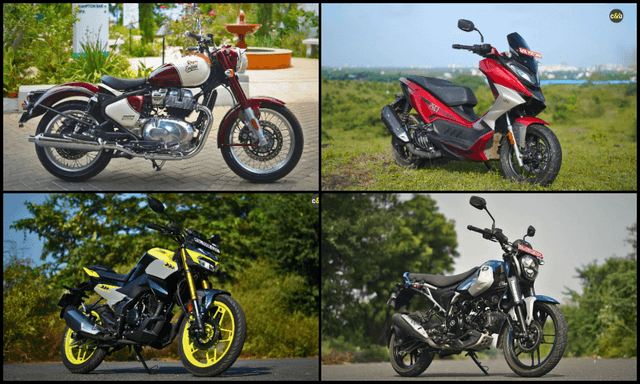 car&bike Team | Dec 2, 2025Two-Wheeler Sales November 2025: Most Manufacturers Report Double-Digit GrowthIn the penultimate month, major two-wheeler manufacturers reported varied performances, with most brands recording year-on-year growth across domestic and export markets, while a few saw marginal declines.4 mins read
car&bike Team | Dec 2, 2025Two-Wheeler Sales November 2025: Most Manufacturers Report Double-Digit GrowthIn the penultimate month, major two-wheeler manufacturers reported varied performances, with most brands recording year-on-year growth across domestic and export markets, while a few saw marginal declines.4 mins read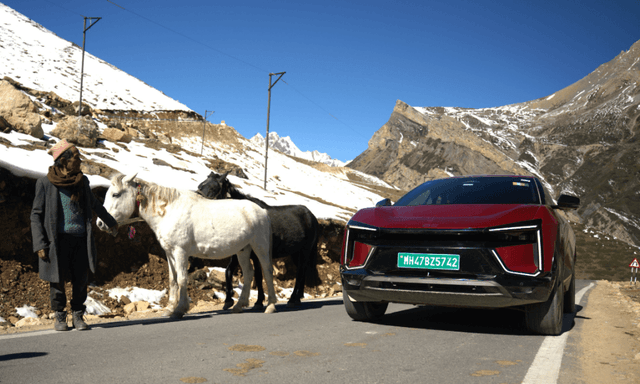 Carandbike Team | Dec 2, 2025Adi Kailash Yatra On Four Wheels And A Battery!We recently drove a Mahindra BE 6 to Adi Kailash and Om Parvat, located in the Kumaon region of Uttarakhand. Read on if the idea of driving an EV to forward locations bordering Tibet and Nepal, with no fast-charging infrastructure intrigues you.. or if you’ve been contemplating a similar adventure yourself.8 mins read
Carandbike Team | Dec 2, 2025Adi Kailash Yatra On Four Wheels And A Battery!We recently drove a Mahindra BE 6 to Adi Kailash and Om Parvat, located in the Kumaon region of Uttarakhand. Read on if the idea of driving an EV to forward locations bordering Tibet and Nepal, with no fast-charging infrastructure intrigues you.. or if you’ve been contemplating a similar adventure yourself.8 mins read
 Seshan Vijayraghvan | Nov 29, 2025Mahindra XEV 9S First Drive Review: Big Electric SUV, Bigger ExpectationsThe XEV 9S lands at a time when the EV crowd is growing fast. It’s a big, born-electric, three-row SUV that starts under 20 lakh. It sits close to the XUV700 in size, but the brief is very different. Here’s what it’s like on the road.11 mins read
Seshan Vijayraghvan | Nov 29, 2025Mahindra XEV 9S First Drive Review: Big Electric SUV, Bigger ExpectationsThe XEV 9S lands at a time when the EV crowd is growing fast. It’s a big, born-electric, three-row SUV that starts under 20 lakh. It sits close to the XUV700 in size, but the brief is very different. Here’s what it’s like on the road.11 mins read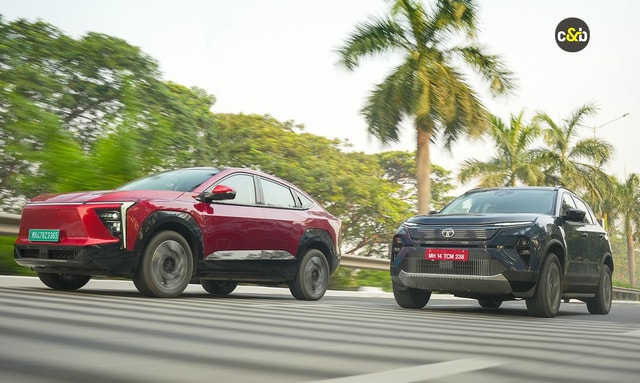 Bilal Firfiray | Nov 26, 2025Tata Harrier EV vs Mahindra XEV 9e: Battle Of India’s Electric TitansWhen India made two electric SUVs battle it out, the winner is the buyer. They get a choice to take home what’s best suited for them – and read on to find out which one is better for YOU.1 min read
Bilal Firfiray | Nov 26, 2025Tata Harrier EV vs Mahindra XEV 9e: Battle Of India’s Electric TitansWhen India made two electric SUVs battle it out, the winner is the buyer. They get a choice to take home what’s best suited for them – and read on to find out which one is better for YOU.1 min read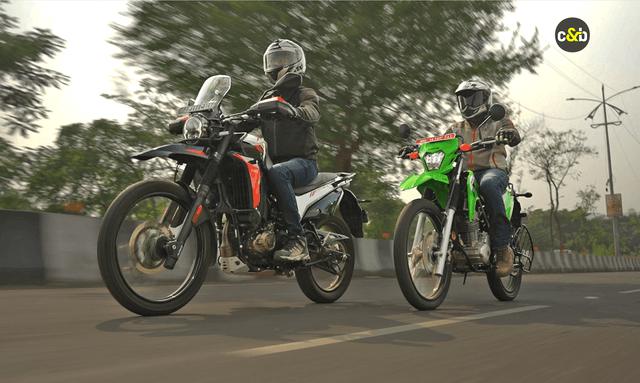 Janak Sorap | Nov 19, 2025Hero Xpulse 210 Vs Kawasaki KLX 230 Comparison Review: Dual-Sport DilemmaWith a price difference of just Rs 12,000, which of the two dual-sport motorcycles is meant for you?1 min read
Janak Sorap | Nov 19, 2025Hero Xpulse 210 Vs Kawasaki KLX 230 Comparison Review: Dual-Sport DilemmaWith a price difference of just Rs 12,000, which of the two dual-sport motorcycles is meant for you?1 min read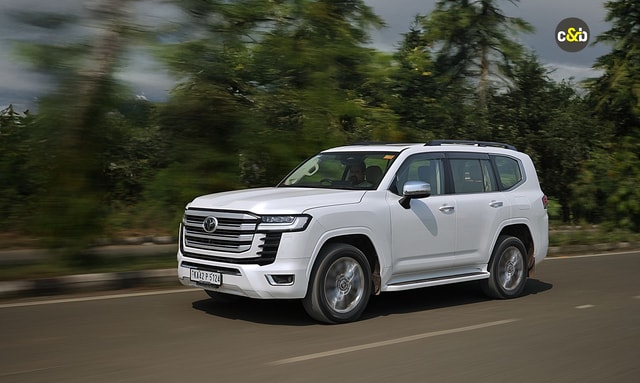 Jaiveer Mehra | Nov 17, 20252025 Toyota Land Cruiser 300 Review: Beast From The EastThe Land Cruiser name may have a long and storied history, but does it fit the bill for an Rs 2 crore-plus SUV in India?13 mins read
Jaiveer Mehra | Nov 17, 20252025 Toyota Land Cruiser 300 Review: Beast From The EastThe Land Cruiser name may have a long and storied history, but does it fit the bill for an Rs 2 crore-plus SUV in India?13 mins read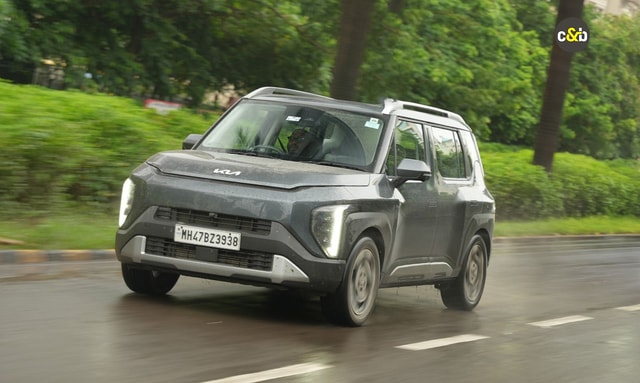 Seshan Vijayraghvan | Nov 17, 2025Kia Syros 1.0 Turbo Petrol: 6000 km Long-Term Review – Final Report!I lived with the Syros for more than 6000 km, over 3 months, and in this final report, I am going to talk about the Pros, the Cons, and everything in between.1 min read
Seshan Vijayraghvan | Nov 17, 2025Kia Syros 1.0 Turbo Petrol: 6000 km Long-Term Review – Final Report!I lived with the Syros for more than 6000 km, over 3 months, and in this final report, I am going to talk about the Pros, the Cons, and everything in between.1 min read

